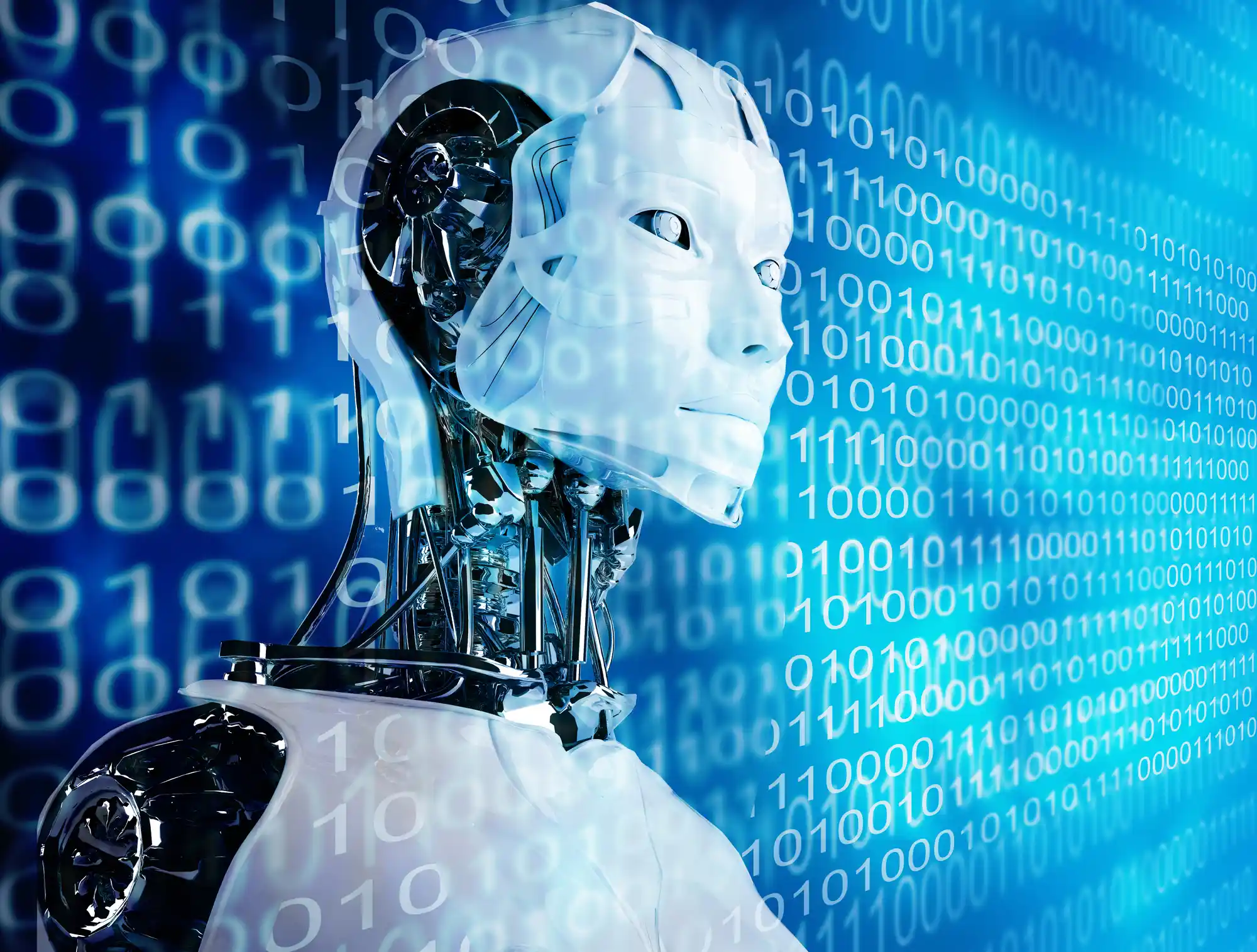In today’s technological landscape, the terms « Machine Learning » and « Artificial Intelligence » are often used interchangeably. Although they are undoubtedly linked, they represent distinct concepts and play unique roles in the world of technology and innovation. This article dives into the key differences between Machine Learning (ML) and Artificial Intelligence (AI) to shed light on their distinct but interconnected domains.
What is Artificial Intelligence (AI)?
Artificial Intelligence, often abbreviated to AI, is a vast field of computer science dedicated to the creation of systems or machines capable of performing tasks requiring human intelligence. These tasks encompass a wide range of activities, from problem-solving and language comprehension to decision-making and perception. AI aims to develop systems capable of reproducing human cognitive functions, and encompasses various sub-fields, including Machine Learning.
What is Machine Learning (ML)?
Machine Learning is a subset of Artificial Intelligence. This is a specific approach that allows computers to learn and improve through experience, without being explicitly programmed. Instead of relying on static, rule-based algorithms, ML systems use data and statistical techniques to identify patterns, make predictions and improve performance over time.
Key differences
Range
AI: AI encompasses a wider range of capabilities and objectives. It aspires to replicate human intelligence in a variety of areas, including natural language comprehension, thinking, problem-solving and even creativity.
ML: ML focuses on the development of algorithms and models capable of learning and making predictions from data. Although a subset of AI, ML is a more specific and practical approach.
Learning and adaptation
AI: AI systems can incorporate pre-programmed rules and logic, making them capable of responding to specific scenarios without learning from data. However, some AI systems incorporate ML techniques to improve their adaptability.
ML : ML systems are based on data-driven learning. They improve their performance by processing and analyzing data, identifying patterns and adjusting their behavior accordingly. ML is intrinsically data-dependent.
Examples
AI: Examples of AI applications include virtual personal assistants (such as Siri and Alexa), autonomous cars and recommendation systems (Netflix and Amazon).
ML: ML is used in spam filtering, image and speech recognition (as in facial recognition technology) and predictive text suggestions.
Approach
AI: AI systems can use a variety of techniques, including symbolic reasoning, expert systems and neural networks. They can employ both rule-based and learning-based methods.
ML: ML relies mainly on learning-based approaches. This involves providing data to the algorithms, enabling the system to identify patterns and relationships within the data.
Human-Like Behavior
AI: AI systems are designed to mimic human behavior and intelligence. They aim to perform tasks in a way that is similar to human decision-making and problem-solving.
ML: ML systems, while capable of learning and improving, do not necessarily aim to reproduce human-like behavior. Their focus is on data-driven prediction and decision-making.
Development Process
AI: The development of AI systems often requires a combination of expertise in computer science, linguistics, psychology and other fields. It can be a complex and resource-intensive undertaking.
ML: ML development is data-centric. It involves data collection, data preparation, model building and evaluation. Although it also requires expertise, ML development generally focuses more on data analysis and modeling.
The Intersection of AI and ML
It’s essential to recognize that AI and ML are not mutually exclusive, but rather interdependent. Machine Learning is an essential part of AI, and many AI applications incorporate ML techniques to enhance their capabilities. In fact, ML has become one of the most important and practical approaches in Artificial Intelligence.

